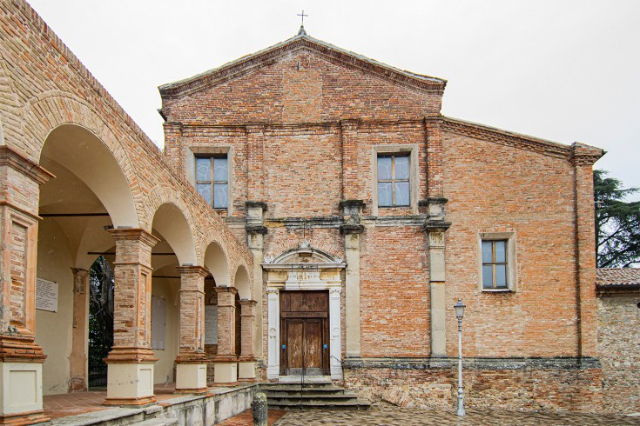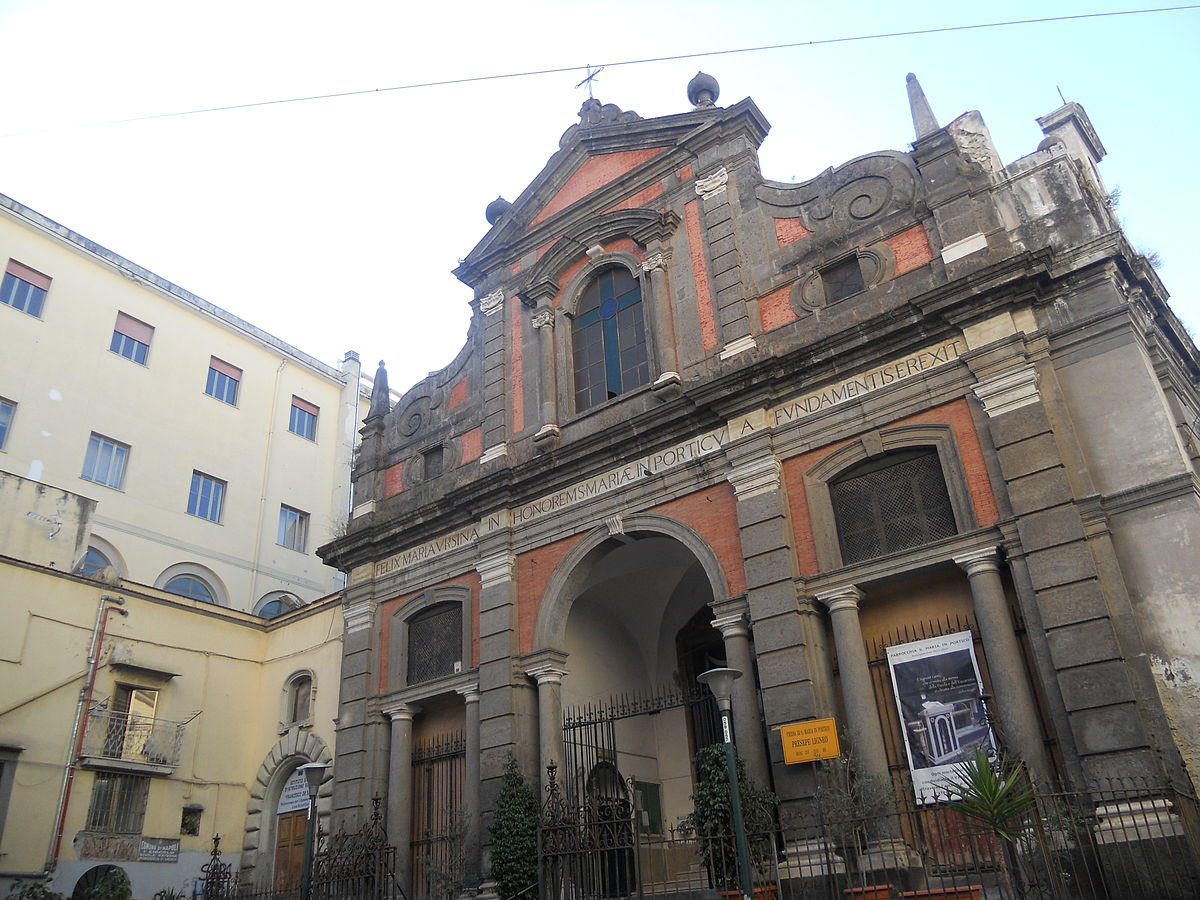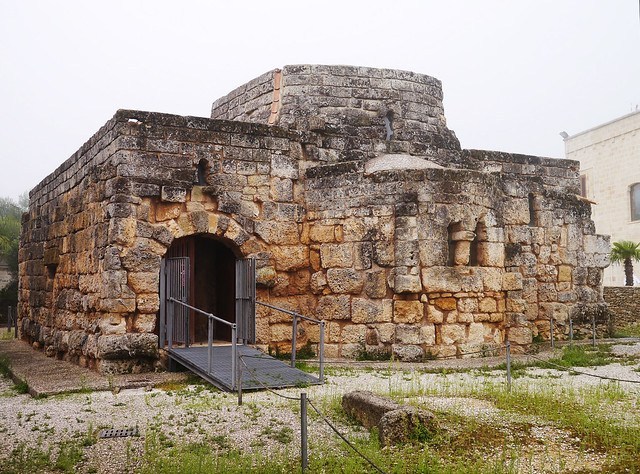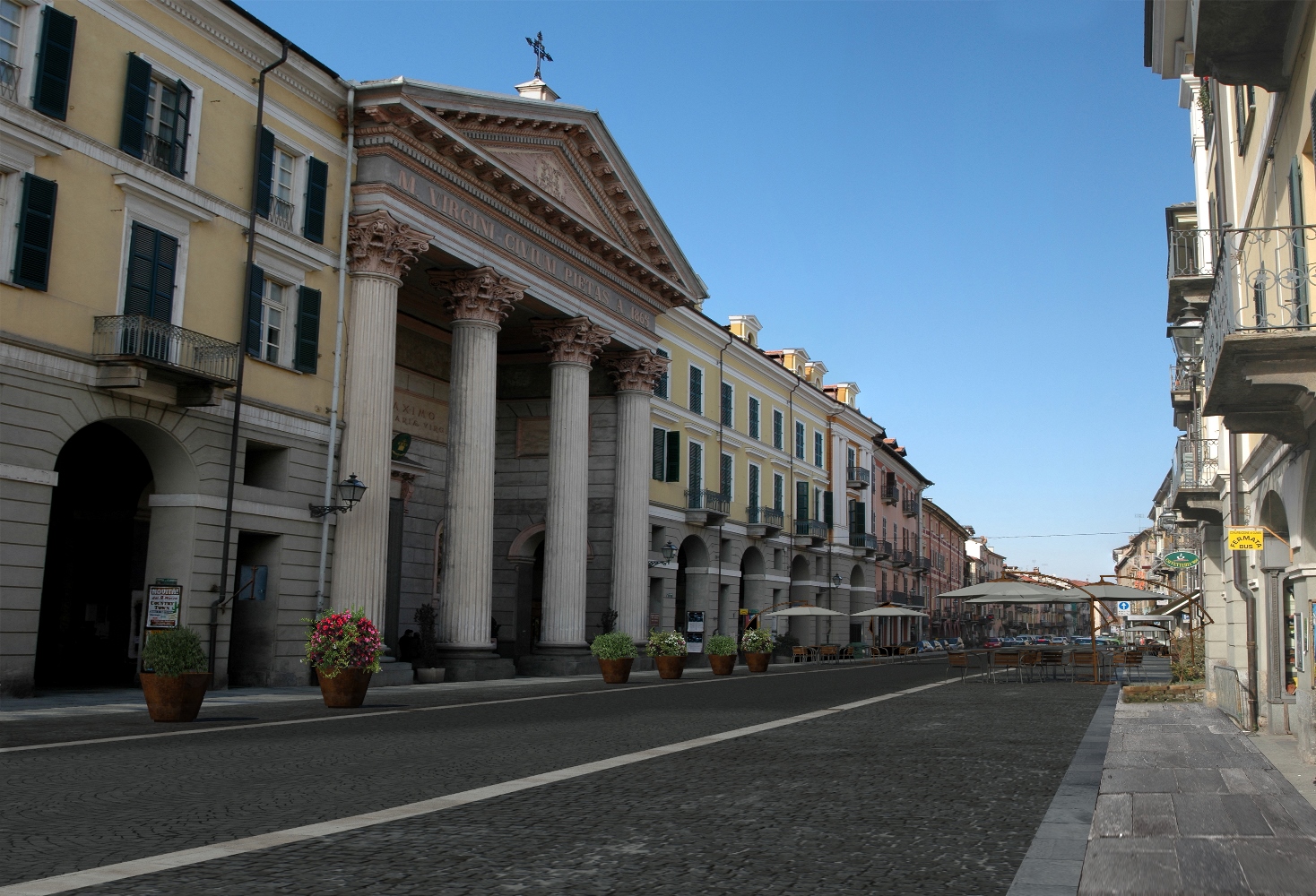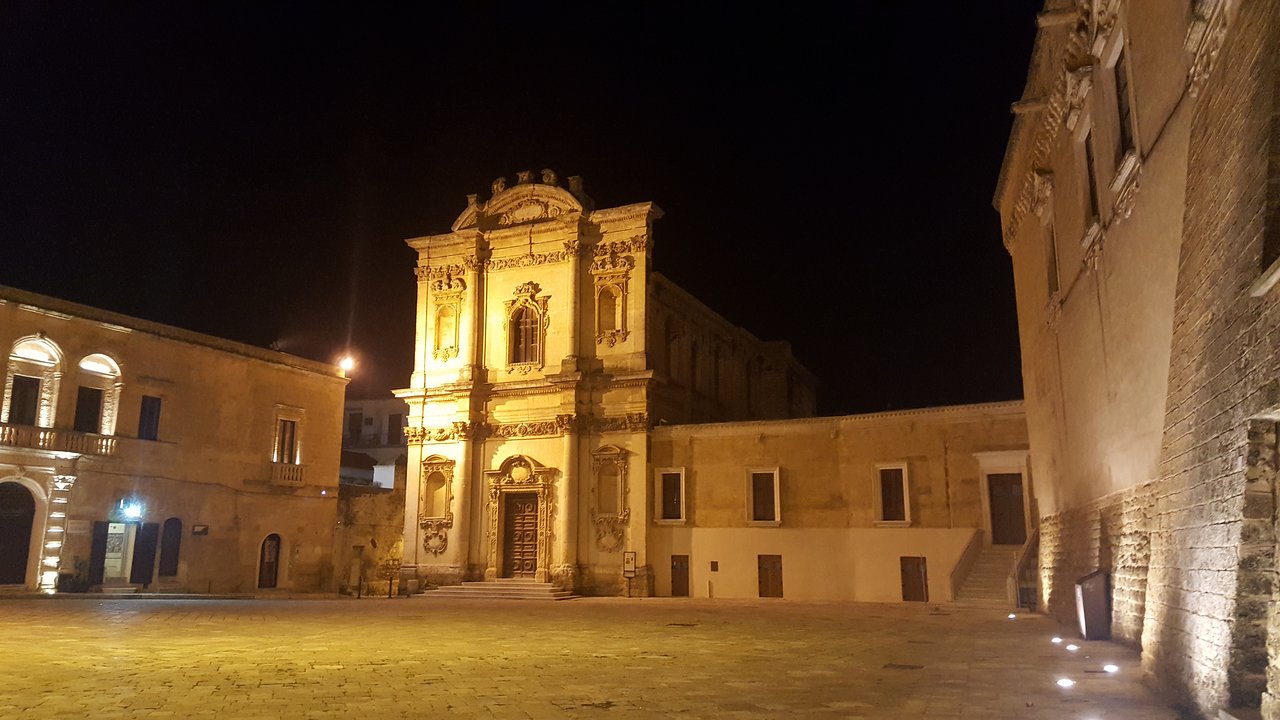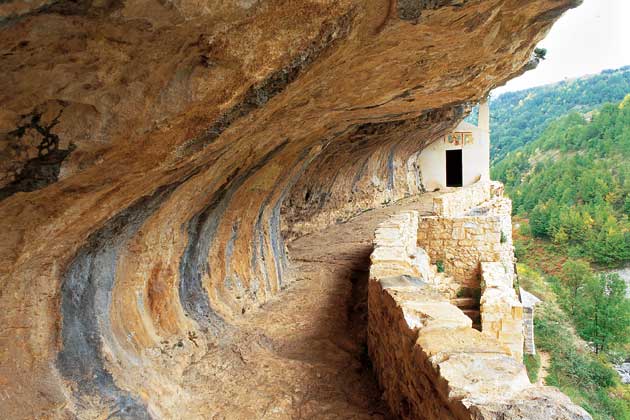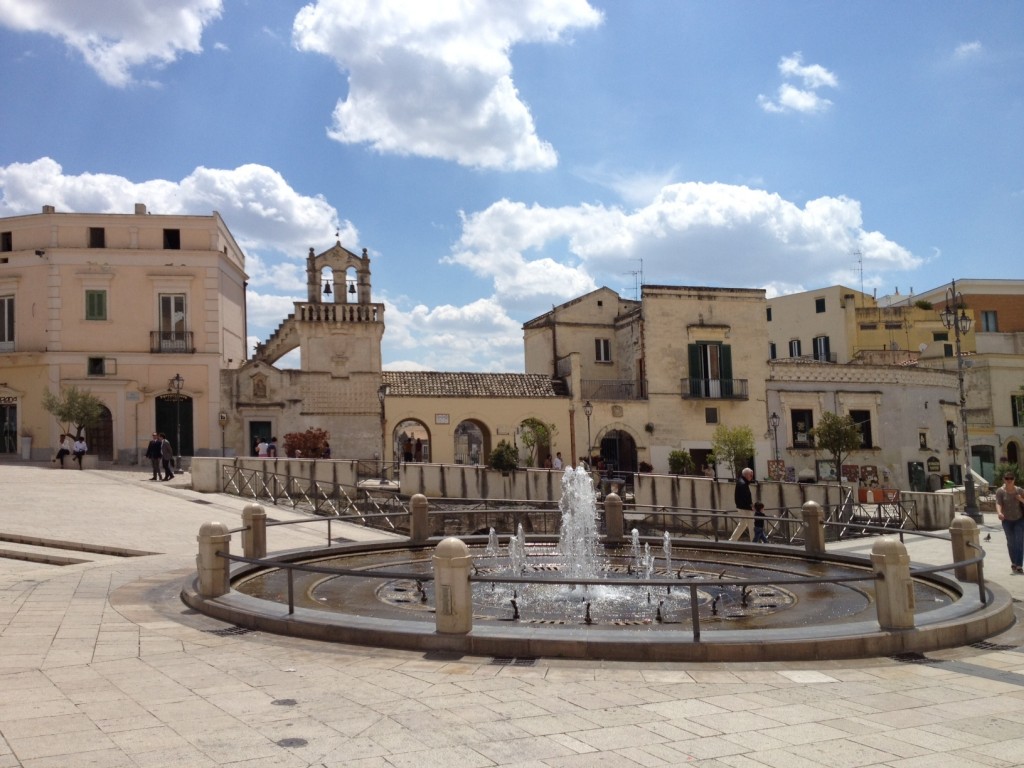This church dates back to 1418; it was a rich abbey built on the ruins of a castle that Carlo Malatesta donated to San Paolo eremita’s monks.
A large monastery that belonged to a different branch of the Benedictines, the Olivetans ( the white monks), stood on the hill of Covignano. This church is the surviving one, (originally dedicated to the Annunciata). Thanks to the protection of the Malatesta family in a short time extended its possessions and rights over many places in the territory, acquiring also the ancient monastery of San Gregorio in Conca, with all its appurtenances.
The church has undergone significant transformations over the centuries, but it still retains the 15th-century layout and facade, a beautiful Renaissance ceiling and a chapel with excellent frescoes from 1512, attributable to the painter Girolamo Marchesi da Cotignola: in the same 1512 in the monastery adjoining the church was a guest of Pope Julius II. But of another guest it is worth mentioning: that is, the painter Giorgio Vasari, who resided there in 1547; and while a “literate” monk was transcribing and correcting his manuscript of the “Lives of the most excellent Italian architects, painters, et sculptors ” (later printed in Florence in 1550) he, in the company of numerous helpers, executed paintings for the abbey church: which still preserves in the 17th-century apse one of his splendid Adoration of the Magi, perhaps the artist’s masterpiece and one of the finest paintings of Italian Mannerism. The church’s Benedictine origins are still clearly evident from the presence of four imposing statues of Olivetan saints that enliven the luminous nave, modeled in stucco by Father Tommaso da Bologna in 1650, and two beautiful altarpieces painted around the mid-17th century by Father Cesare Pronti, depicting monk saints in white robes and St. Benedict himself. Napoleonic events led to the suppression of all the monasteries in Romagna at the end of the 18th century: none of the many Benedictine monasteries in the Rimini area was rebuilt in the restoration era, partly because the monastic buildings had already been quickly demolished or radically transformed, and their furnishings sold or destroyed.
